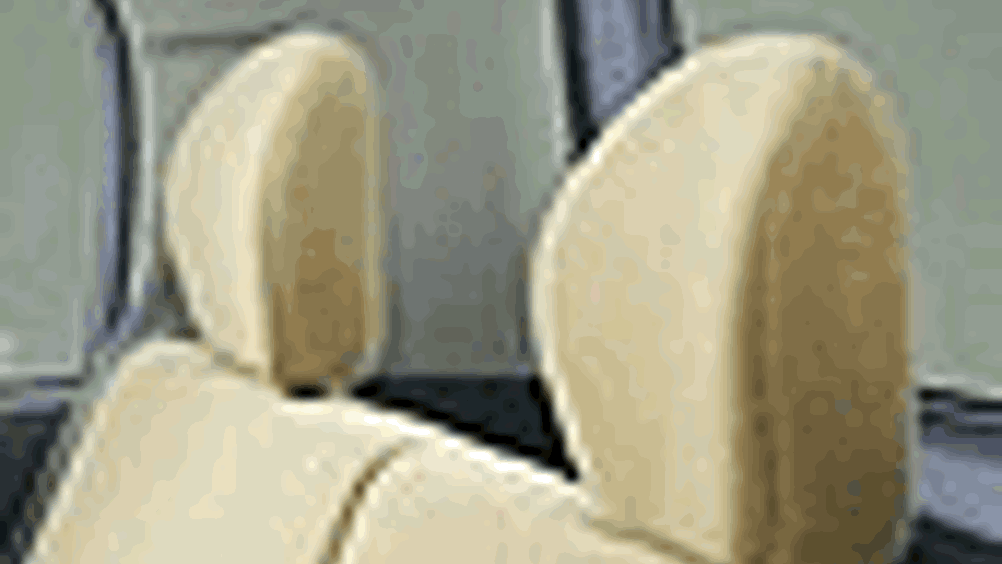Throwing out the rattle

Researchers at Purdue University have created a model that simulates vibrations in a car headrest which could one day help to eliminate annoying squeaks and rattles in vehicles.
According to Douglas Adams, an associate professor of mechanical engineering, the headrest and its seemingly simple adjusting mechanism have proved surprisingly complex. He and doctoral student Janette Jaques have applied mathematical models that simulate rattling headrests for analyses aimed at reducing vibration and enabling designs that eliminate the annoyance.
The same modelling and experimental techniques developed for the research could be used to reduce squeaking and rattling in other components, such as instrument panels, seats, transmission gears, suspension components and seatbelt mechanisms.
A new research paper describes rattling in the headrest, which is held in place by a small pin that fits into slots in one of the two posts connecting the headrest to the seat.
‘It's a surprisingly complicated little system,’ Adams said. ‘The mechanism has to be rigid enough to keep the headrest from falling down, but not so rigid that you can't easily adjust it. In other words, you have to put some mechanical free play into it, but you can't put too much because then it rattles.’
Register now to continue reading
Thanks for visiting The Engineer. You’ve now reached your monthly limit of news stories. Register for free to unlock unlimited access to all of our news coverage, as well as premium content including opinion, in-depth features and special reports.
Benefits of registering
-
In-depth insights and coverage of key emerging trends
-
Unrestricted access to special reports throughout the year
-
Daily technology news delivered straight to your inbox










Simulations show Optimal Design for Bladeless Wind Turbines
"an 80cm mast" Really? I'm short but that's only half my height! Do they mean 800cm?